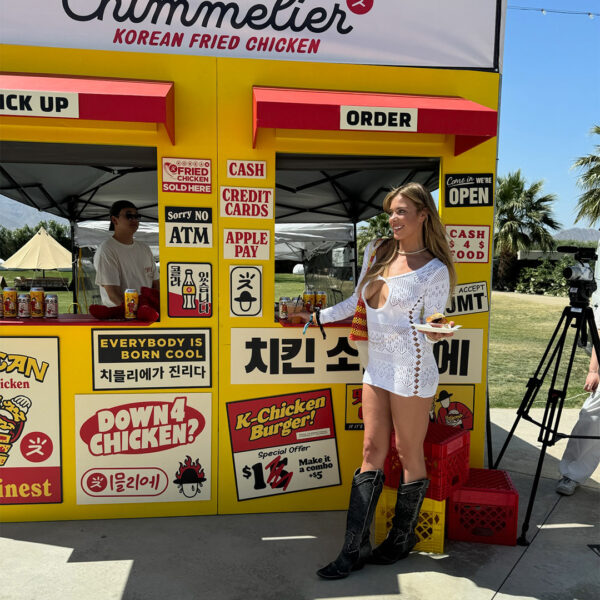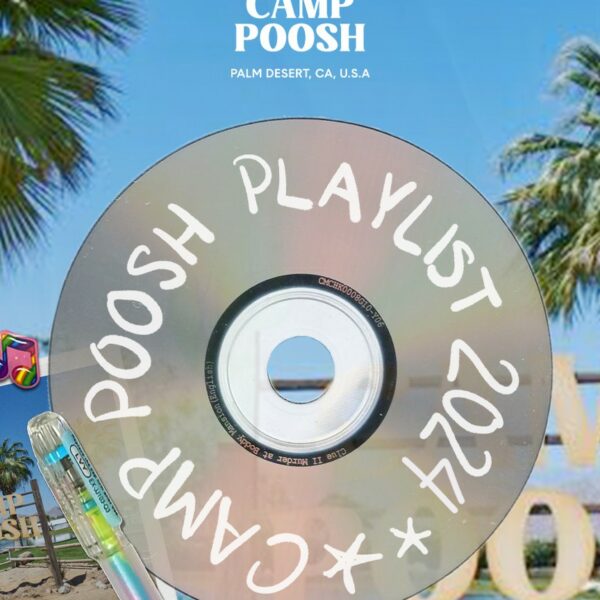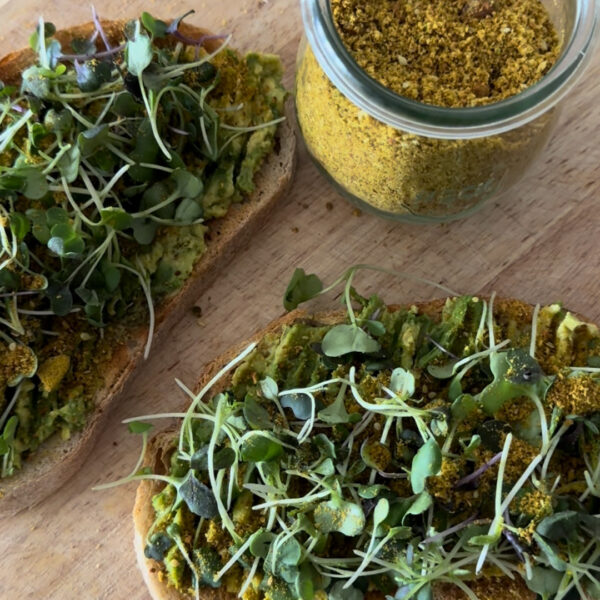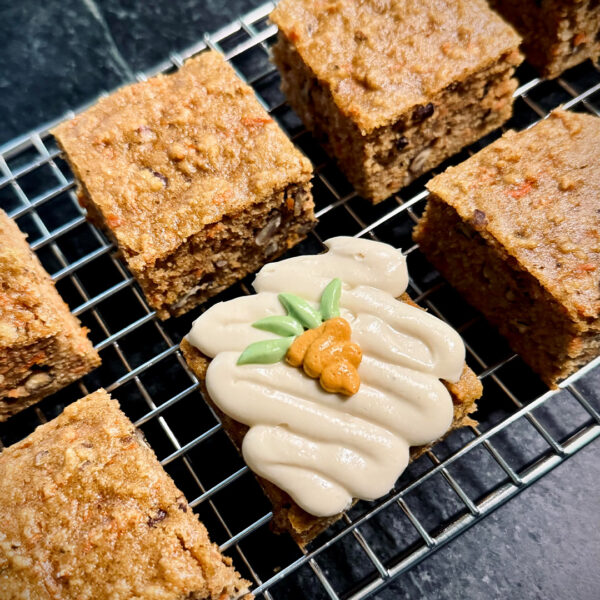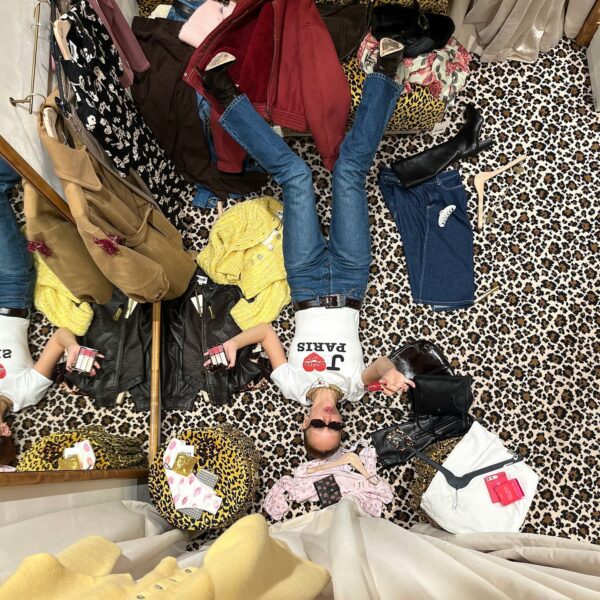ICYMI, the world is quite literally on fire. There are a million ways we can contribute to protecting our environment, and while the recycling system is, let’s say, a little broken, doing our very best to make sure the items we toss are at least able to be considered for recycling is the bare minimum.
We tend to think we are doing our part when we fill our recycling bins. We feel proud, assuming that we aren’t contributing to the landfill but are instead bringing the majority of our waste into facilities that will turn it around and repurpose those materials for another use. Unfortunately, that’s not the case most of the time, and that’s wildly disappointing.
First things first, every community has slightly different guidelines. We can start by looking up our own community’s guidelines on BeRecycled.org, which has a nationwide directory of all nuanced community guidelines. However, there are some universal recycling rules that are major. We all need to know the basics.
Don’t blow it for your blue bin!
Recycling contamination is one of the biggest problems with items not getting recycled properly. That is when non-recyclable materials are mixed in with your blue recycling bin—meaning non-recyclable alternative plastics, and of course, food and product. This sludge is of course not recyclable, and mixing it in with all your other pieces will prevent the entire load from being recycled properly.
Wash and dry your recyclables.
The number one way you can prevent contamination is to wash and dry your recyclables. We know, this sounds time-consuming, but it’s so worth it. If you have a dishwasher toss them in there to do the work for you! It’ll not only remove food or product but soften labels and make them easier to remove so that the items are squeaky clean for the bin. That being said, greasy, cheesy pizza boxes? Not recyclable. Seriously. Stop throwing them in there.
Look up where to toss electronics.
Electronic devices are not recyclable in a traditional way. We know, that sounds wild, but they won’t be accepted in your blue bin. If you’re unsure about tossing electronic devices, try donating them to a thrift store if they remain in working condition, or email the company and inquire about a recycling program. Most companies want to be more sustainable and love to reuse their own materials. Oftentimes they have a program of their own and will send you a prepaid shipping label to get the process started. Industrial printers do this with their hefty ink cartridges, for example.
We mentioned this earlier—labels on bottles and cans need to come off. But it should also be noted that we need to take off our shipping labels from our cardboard or plastic padded envelopes before tossing them into recycling. A lot of those materials have plastic in them, but due to the way they are thinly printed they are garbage at this point. It doesn’t have to be overwhelming, but it does have to be intentional. Just a little extra thought and cleanliness could make a major shift in they your items get repurposed, or not.
You can even go the extra mile and start composting at home. This easy-to-use device turns waste into nutrient-rich soil. Give back to the earth instead of having your food scraps rot in landfills.
Kitchen Composter
Price: $499
Lomi
Up next, be the first to know our weekly content and sign up for our Poosh newsletter.














